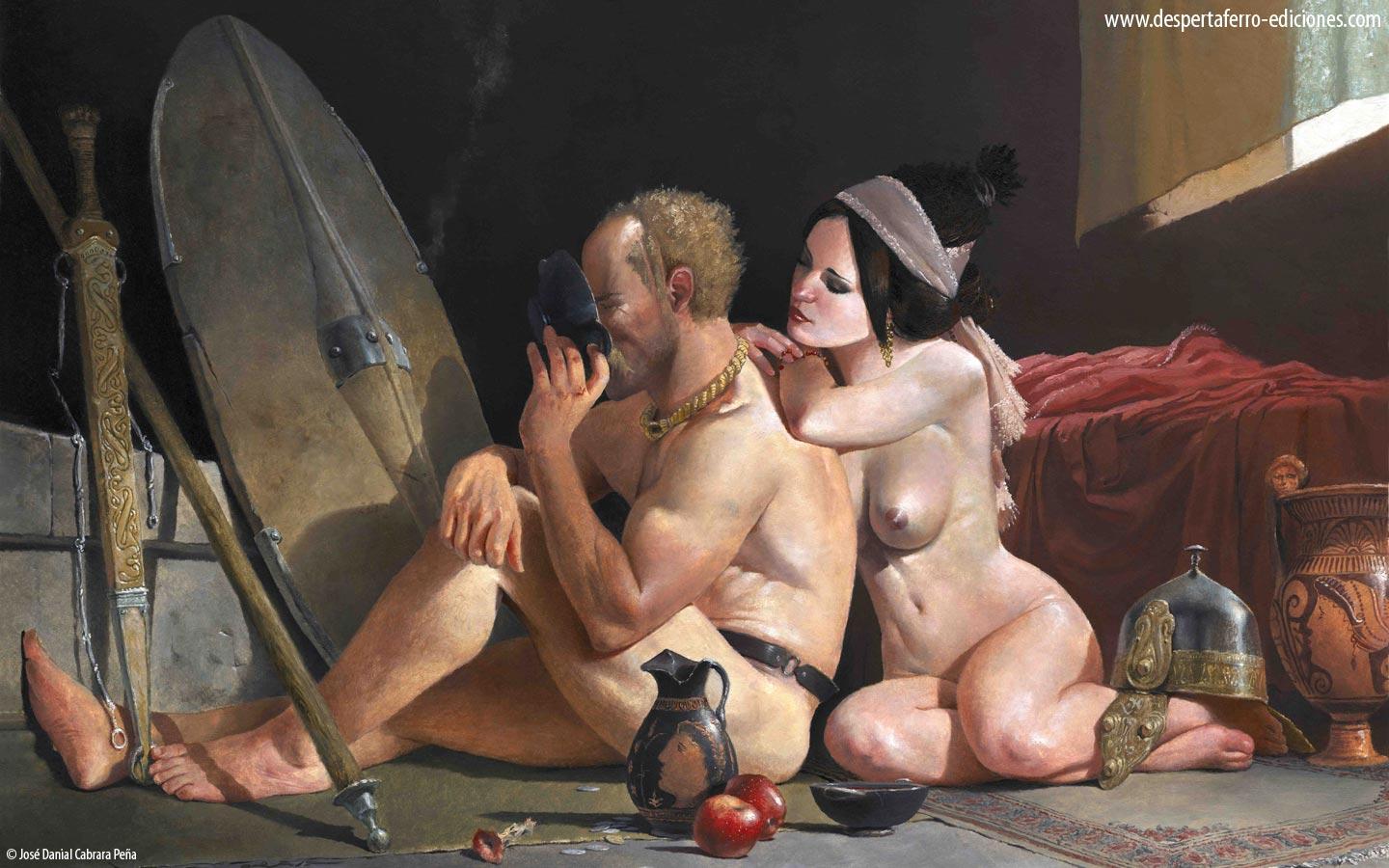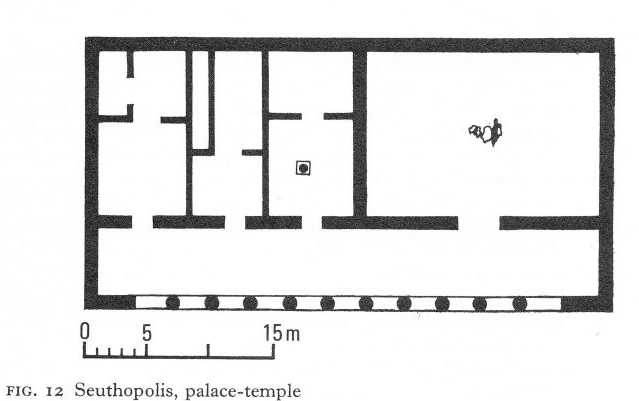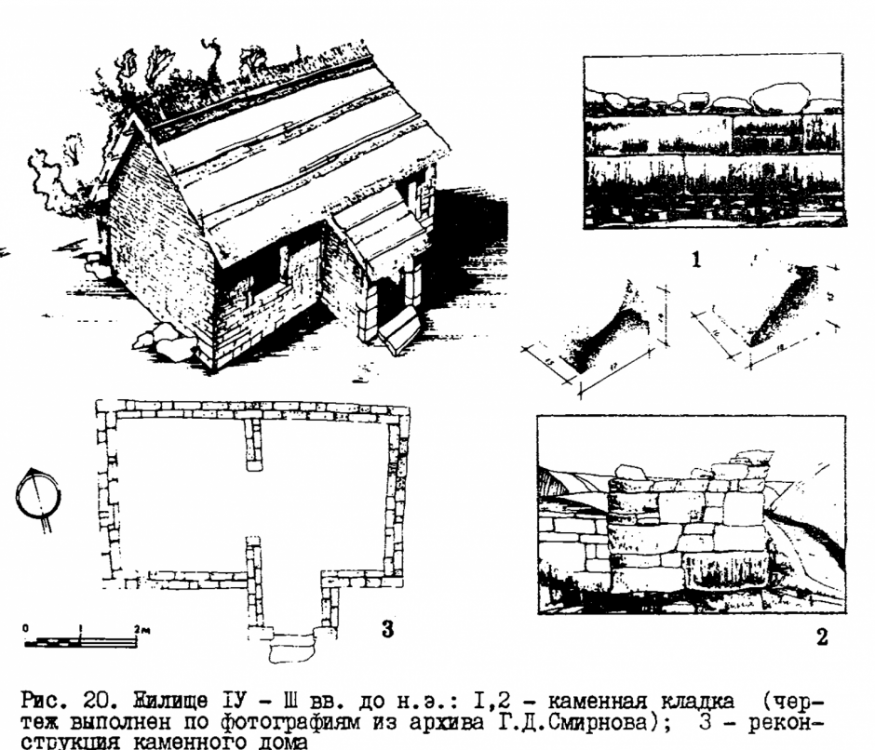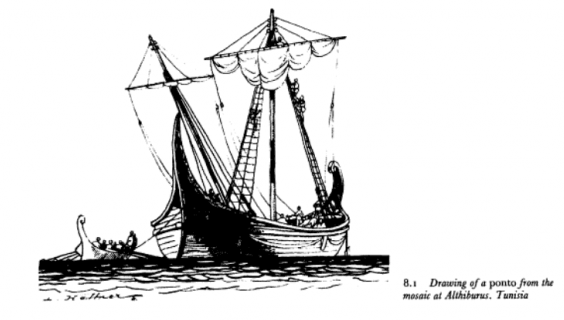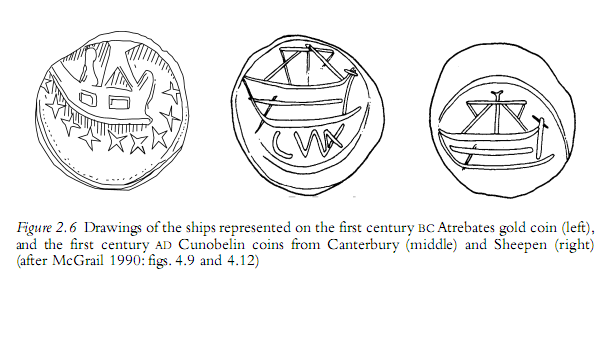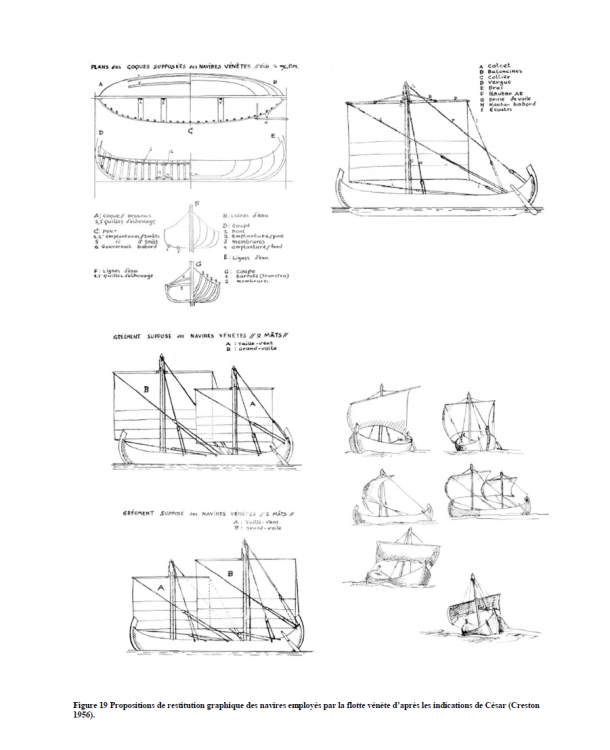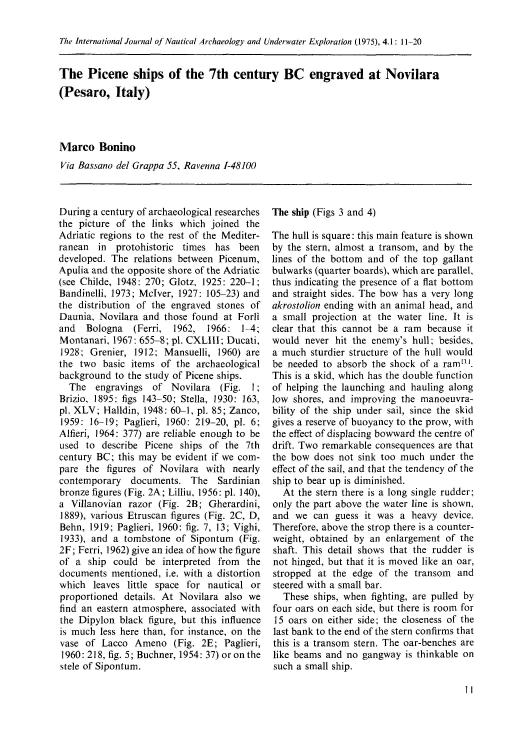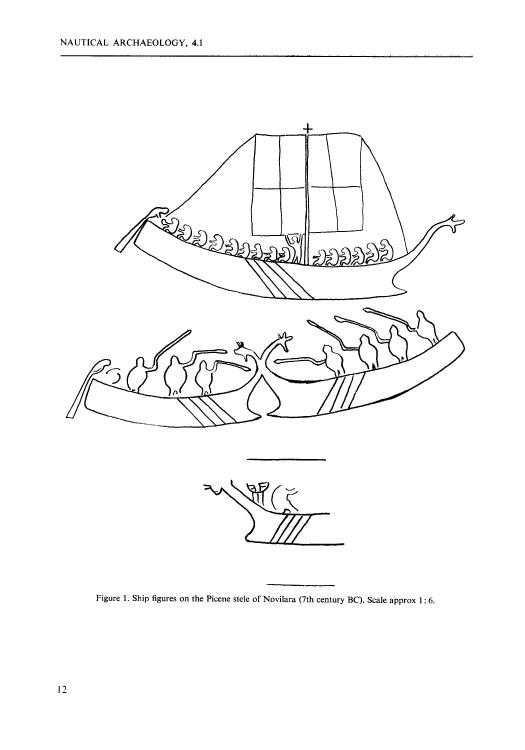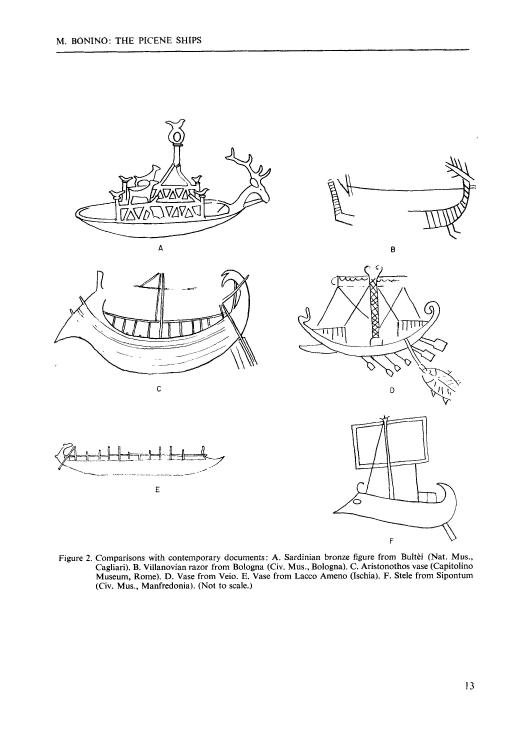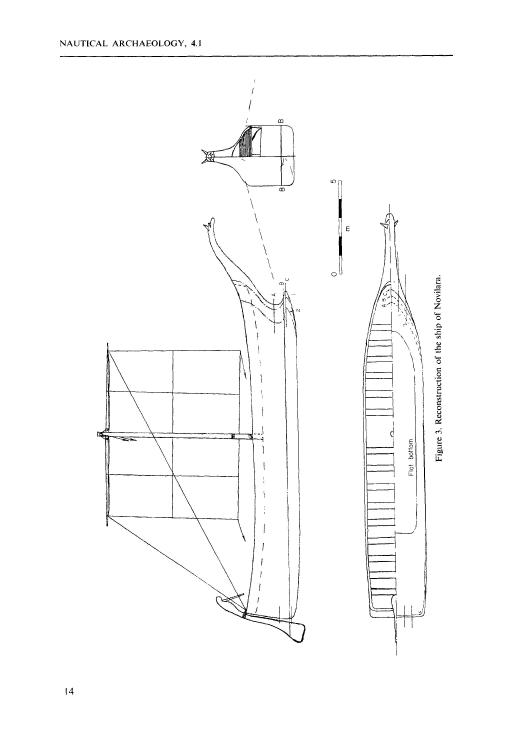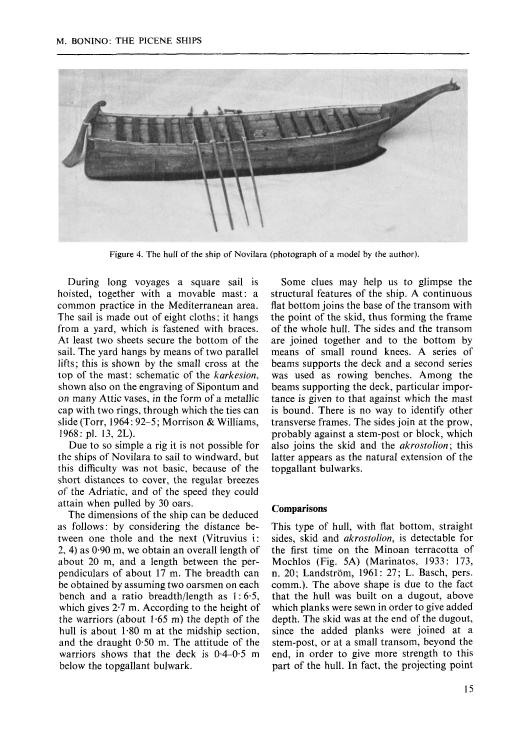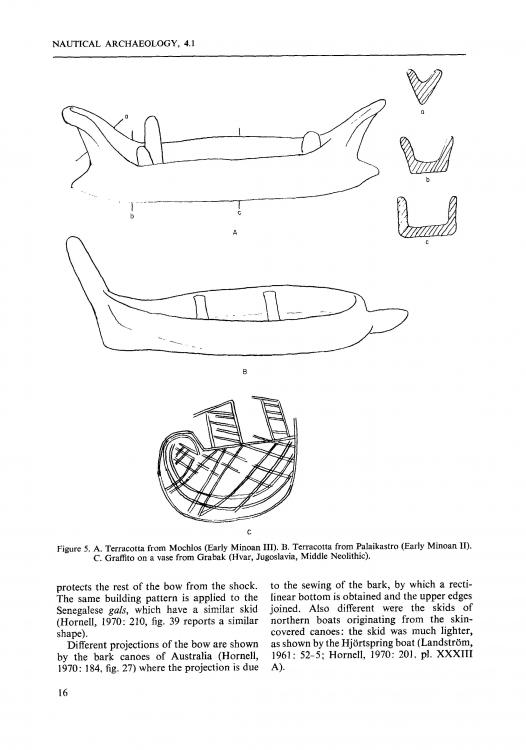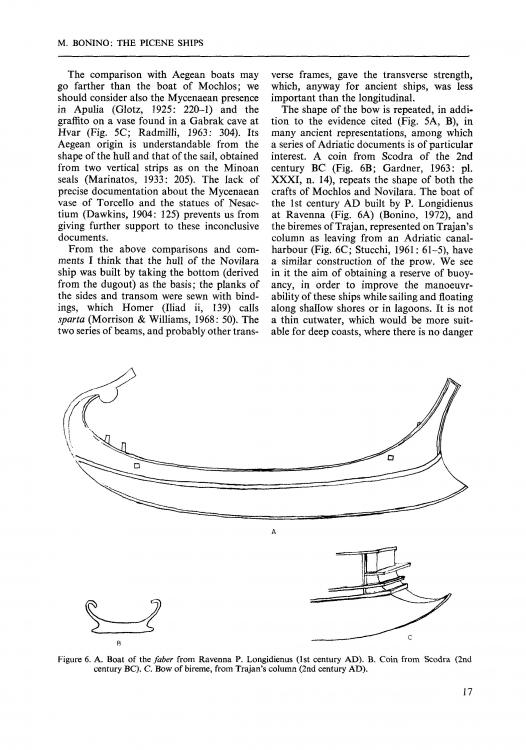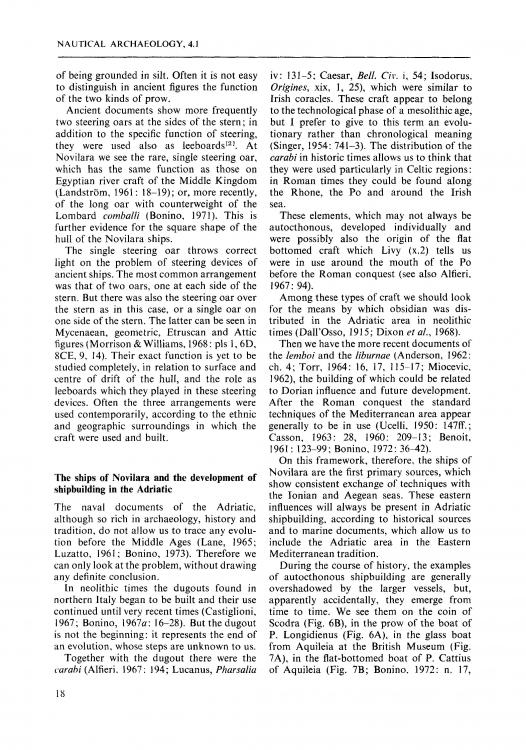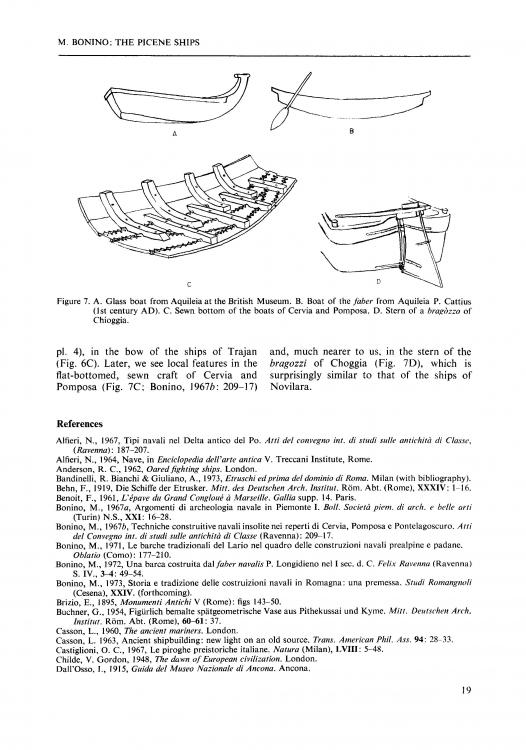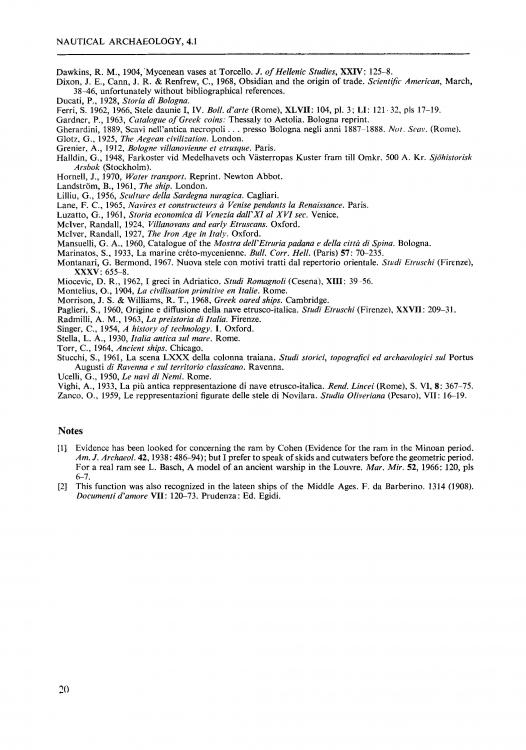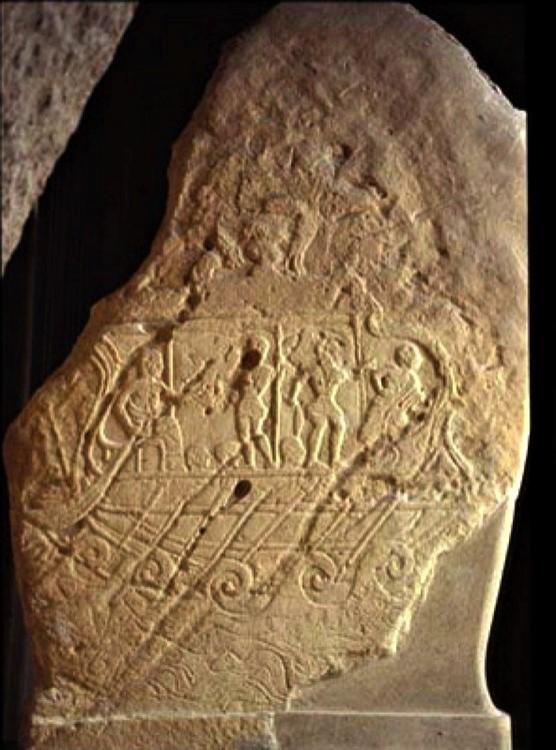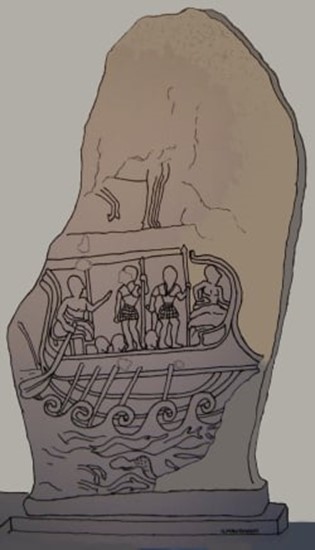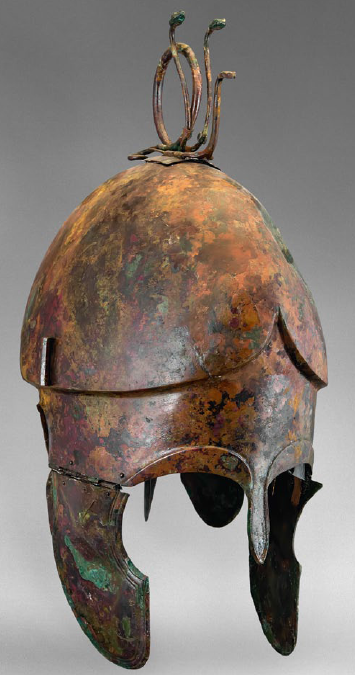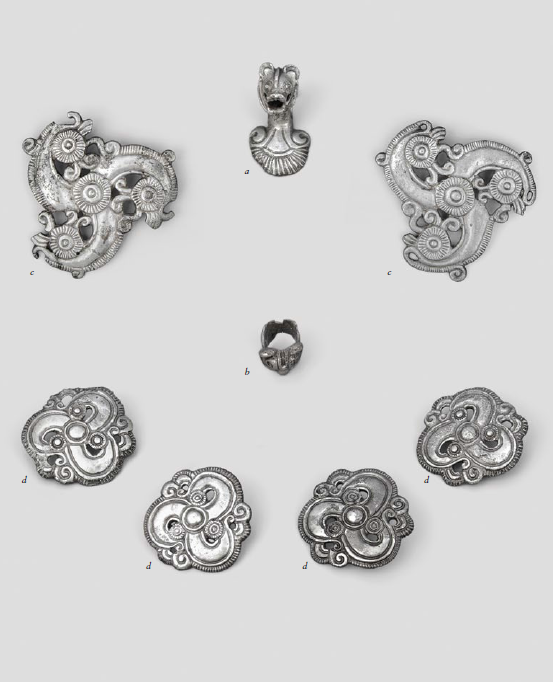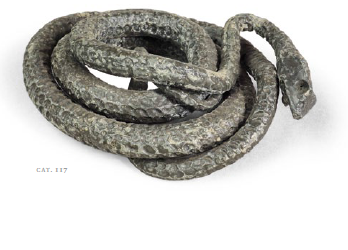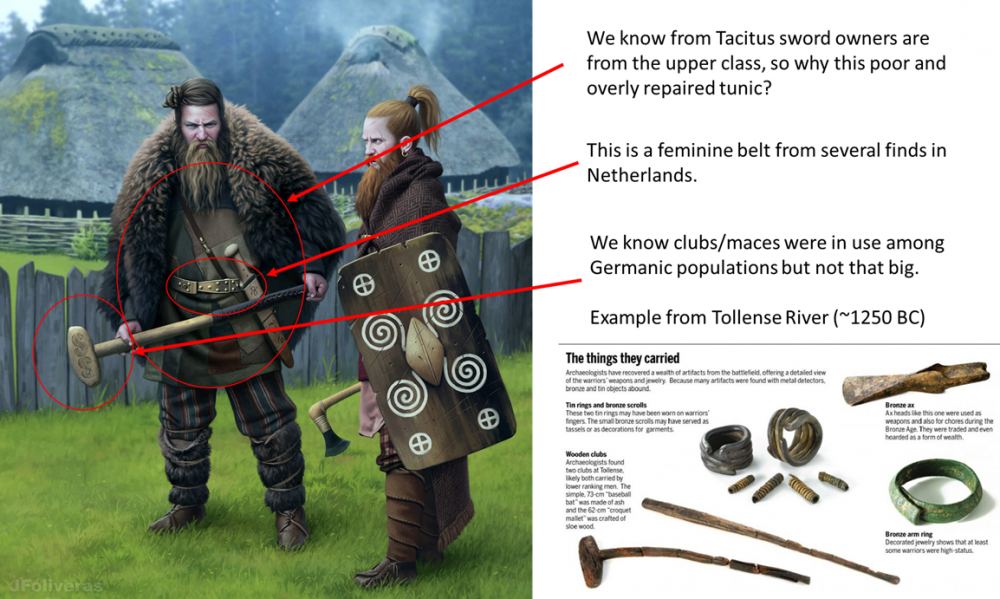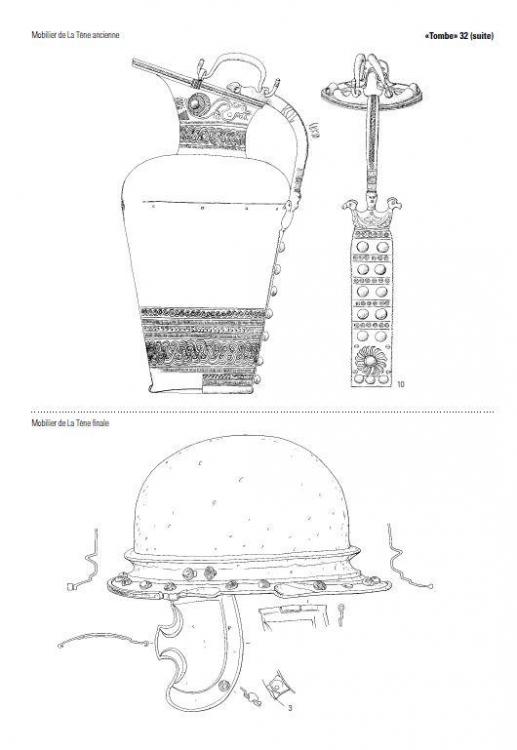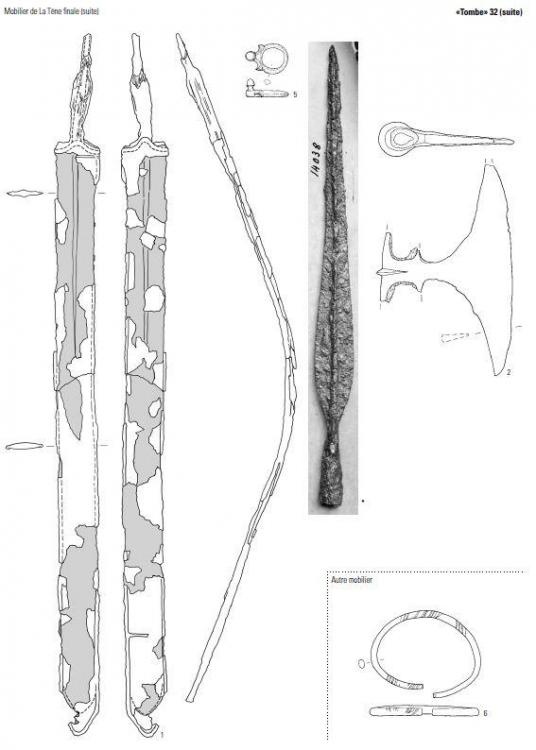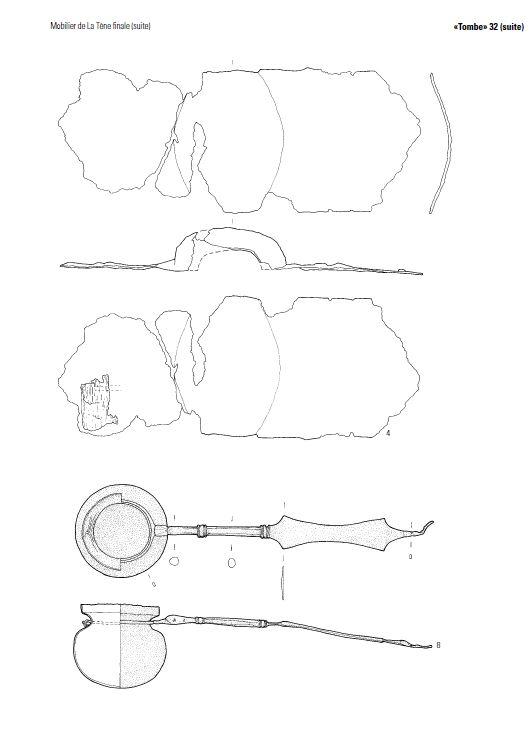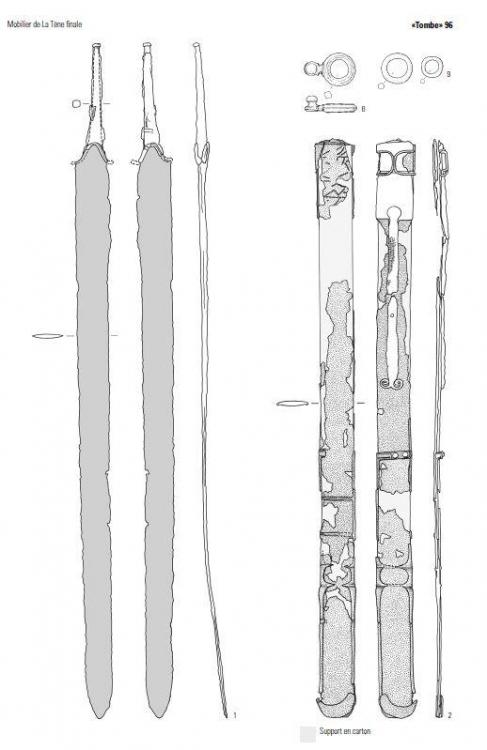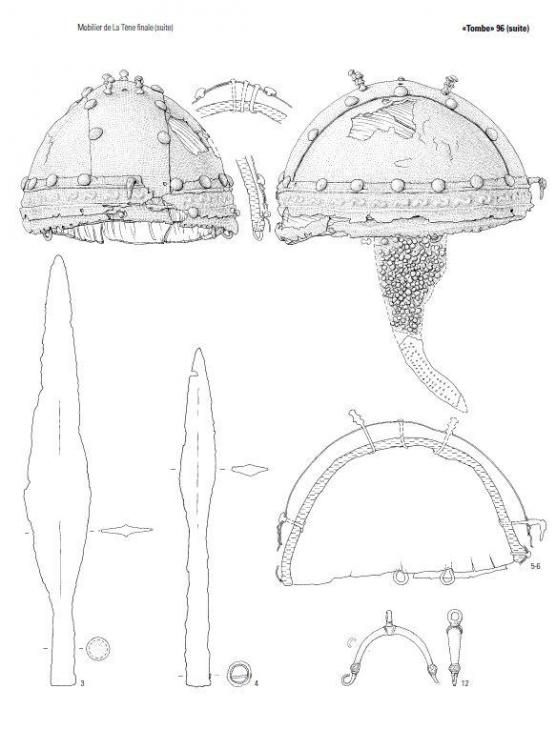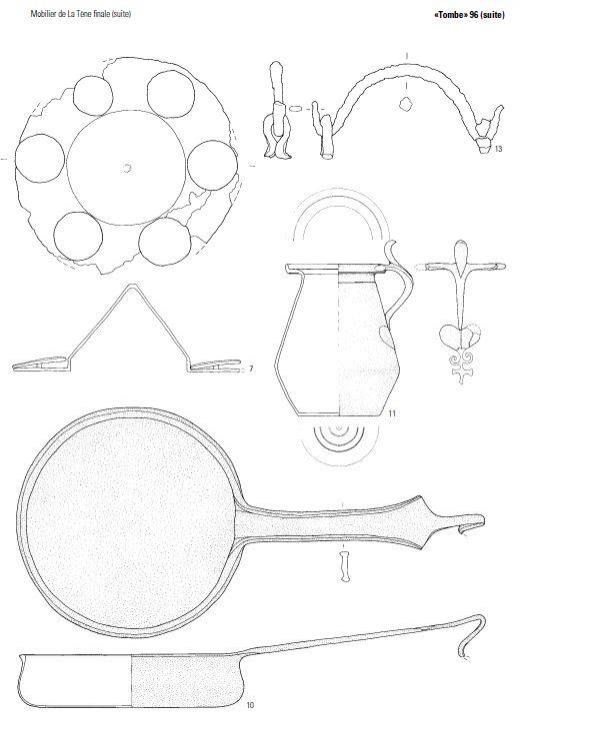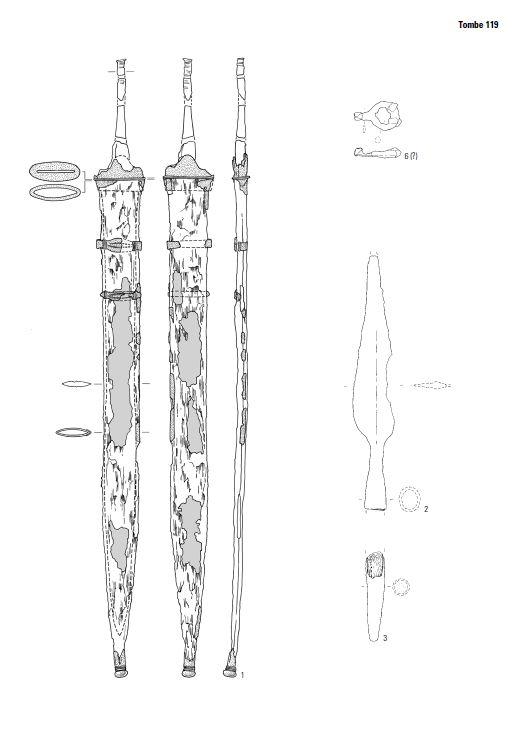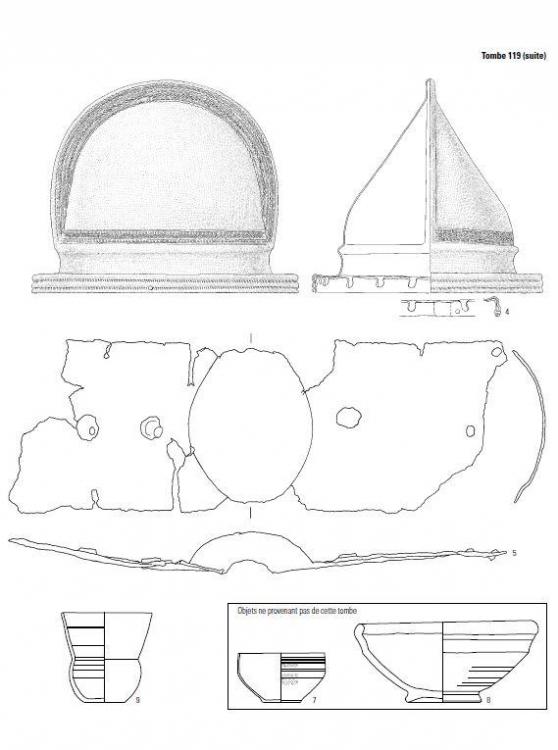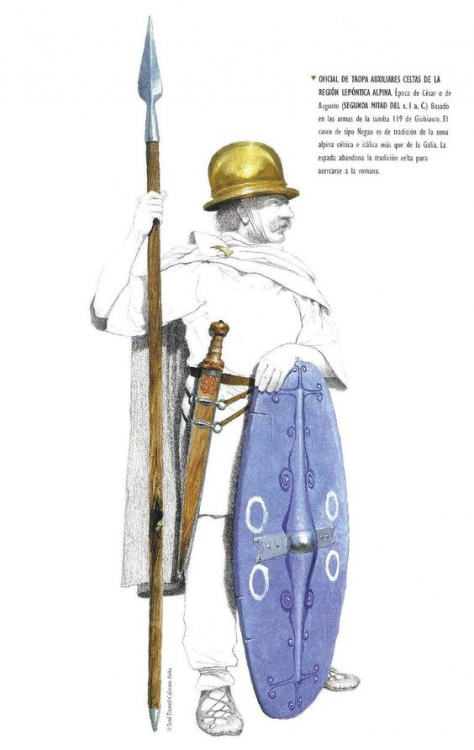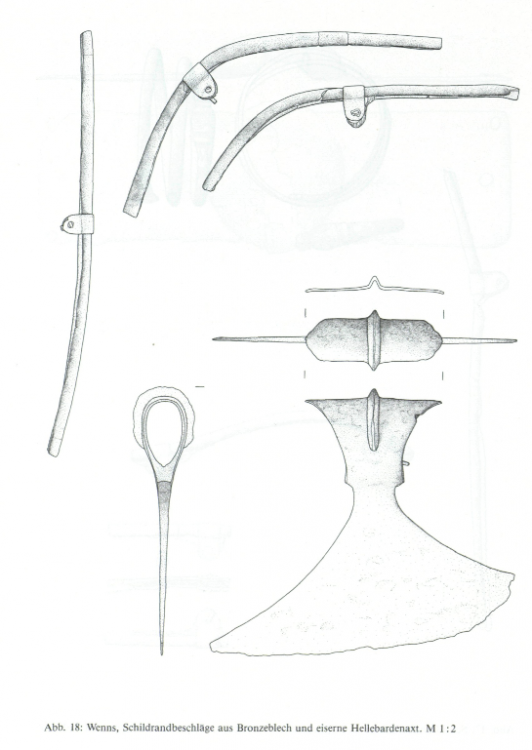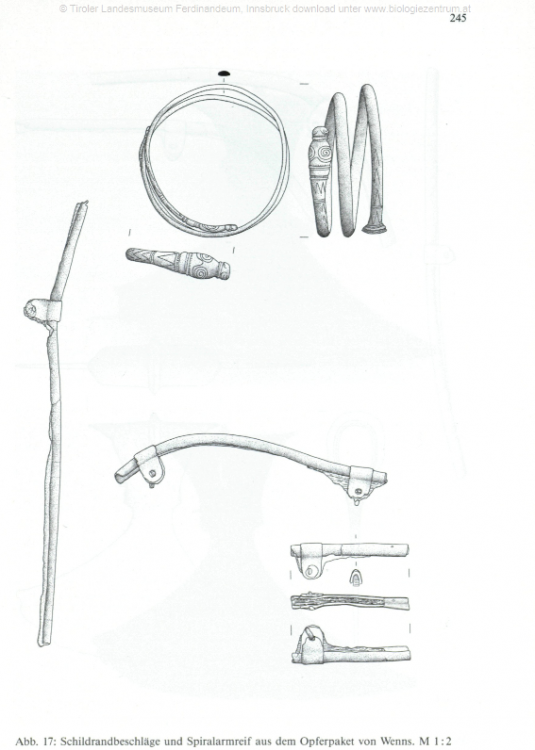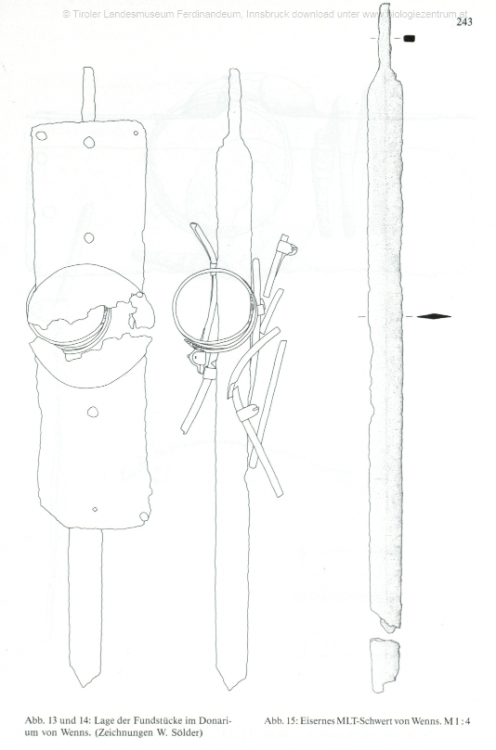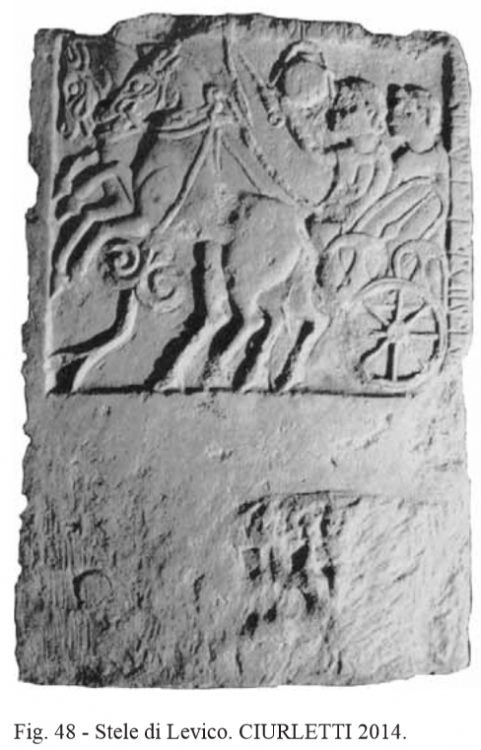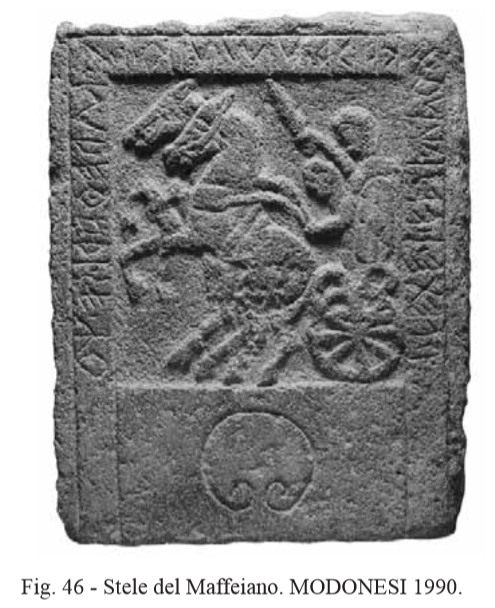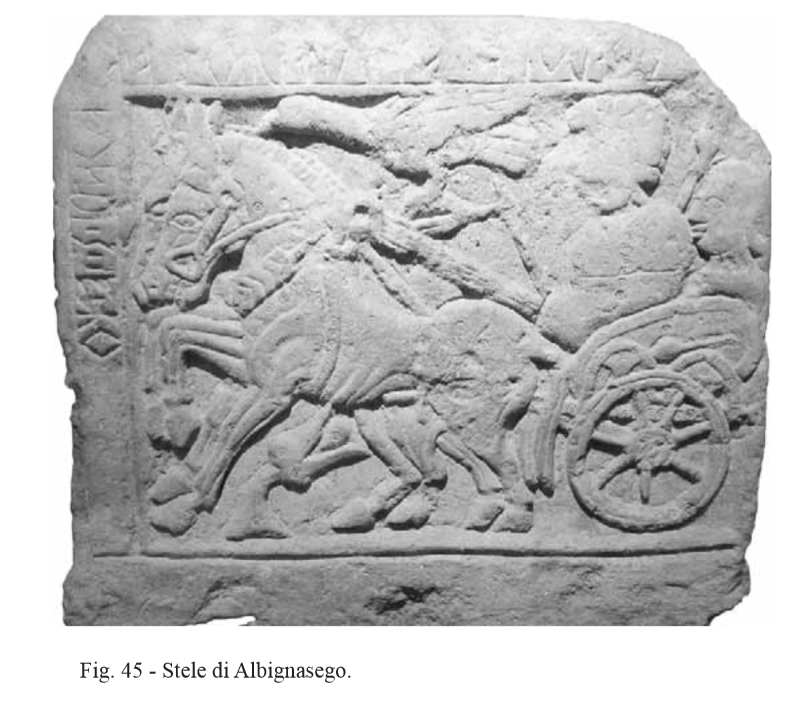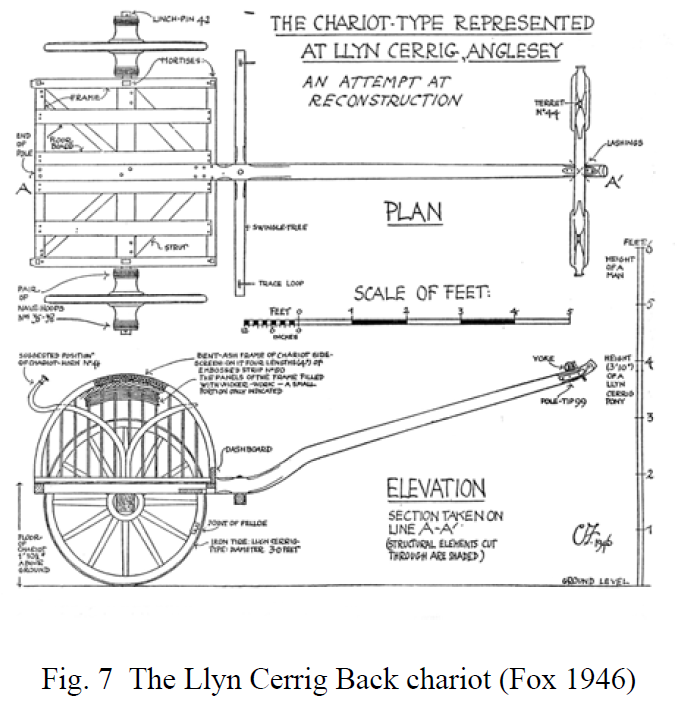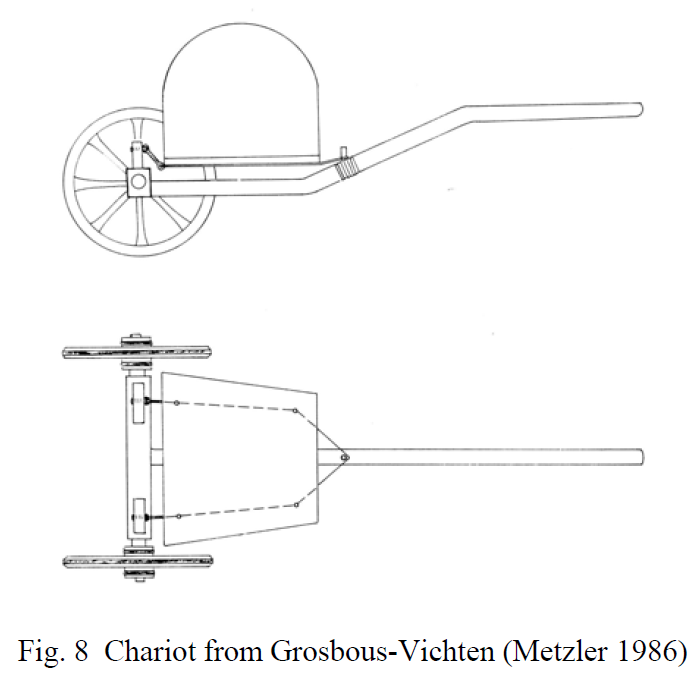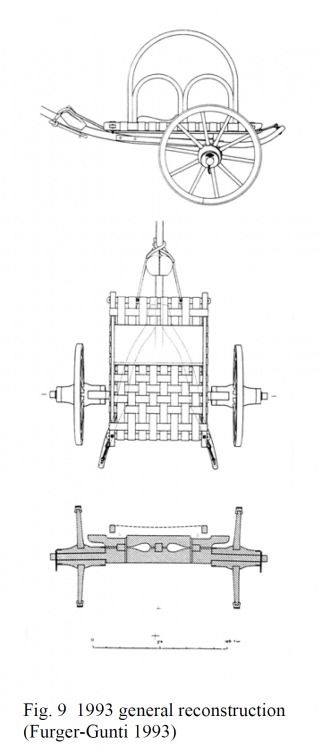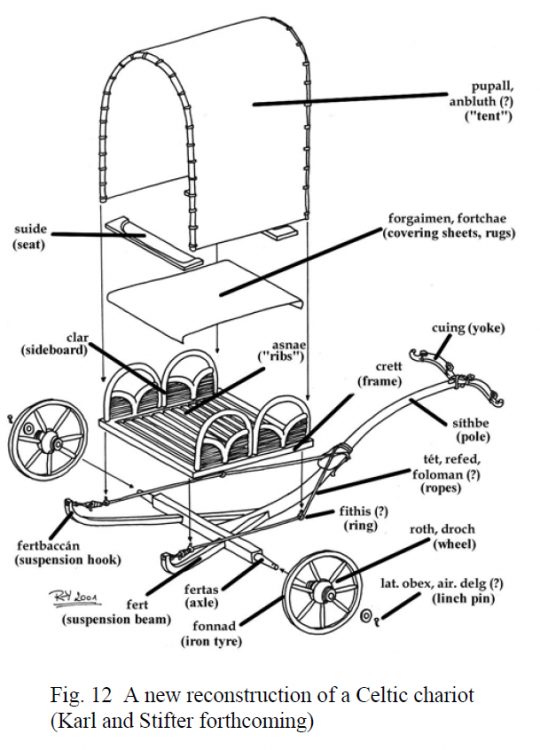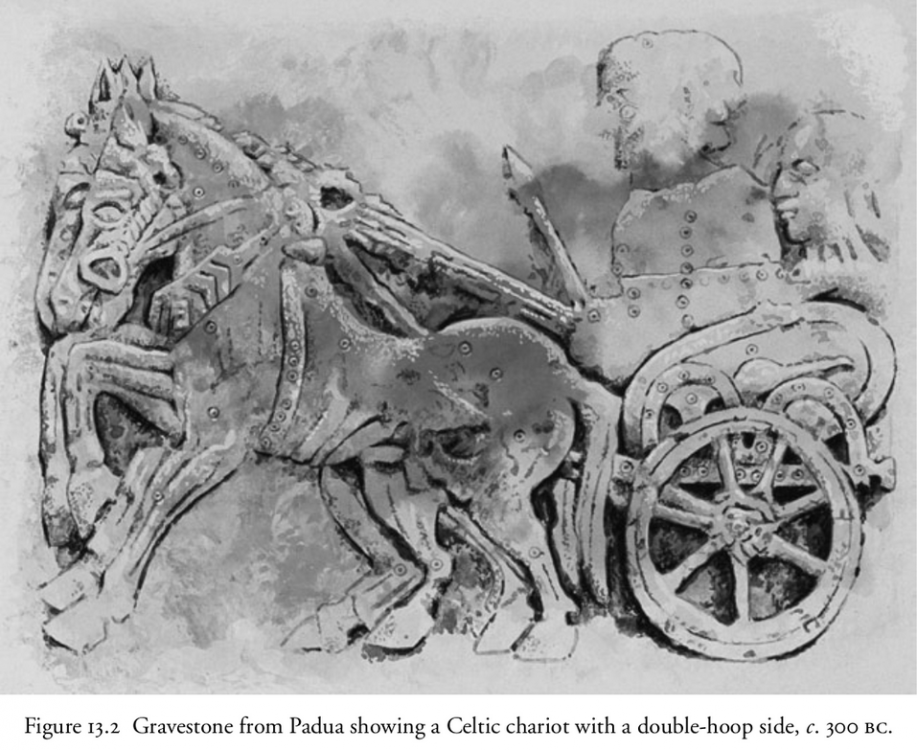-
Posts
2.379 -
Joined
-
Last visited
-
Days Won
80
Everything posted by Genava55
-
I must express some nuance regarding the discussion, history (aka the field of study) is not sexist but the "object of study" are human societies and human societies were very sexist for a long time. So the role of the women in past societies is far less known and recognized. Furthermore, AoE and other RTS are inheriting a culture built from wargaming. The scope of this kind of RTS is really restrictive, think about it, primary production and military forces. There is little room for anything not revolving around physical violence and industrial exploitation of the resources. Which further ostracize women and other civilians in the RTS. There is a physical dimorphism between men and women but that's not really the origin of the ostracization of women in RTS. The issue is the scope of such RTS where everything revolves around heavy physical activities and violence. Violence is the realm of the men, this is one of the strongest bias in the society. Most crimes are made by men and most of the physical violence is caused by men. The issue of this restrictive scope is not only causing difficulties about portraying women but also anything else not revolving on violence. Religion for example. Religion is a very very very important aspect of ancient societies and yet, how it has been portrayed by 0AD (or AoE)? Healing. As a support to the other real forces of the game: productive forces and military forces. Fundamentally, playing RTS and other strategical games are similar to little boys playing with small figurines imagining they are killing each others. I don't think we should consider it more of an issue than this example. This is mature boys playing with numeric figurines, there is no issue with girls playing the game but I think that if we question this kind of complex issue (portraying fairly women role in society), the basic core of rules and concepts on which the game is built became questioned as well. This is too much a challenge for an opensource project, already struggling with its simple goals. Edit: so my point is simply to say that it is pointless to reach a decent portrayal of women in 0AD. It will always be insufficient or at worst clumsy.
-
Well maybe the easier way is to give to all women the ability to fight as a soldier, but they are not as much strong than the men. Currently, the women do not fight automatically when attacked, am I correct? Some civilization could have bonus related to women fighting/defending themselves better. The list is actually short on the matter of women fighting on the battlefield. And when it is the case, most of the time it is women defending themselves.
-
Indeed, it is slavery. Men and women were mostly equivalent on the matter. It is a very important aspect of ancient societies (sadly). The exception being the Mauryas and the Han dynasty of China with little slavery. Obviously, female warriors were an exception more than the rule. There are cases of female leaders in the Celtic societies but nothing indicate they were fighting on the battlefield. Although it is possible that some women were warriors in the Germanic societies, and it is known and demonstrated that Scythian and Sarmatian warrior class included women. Unfortunately, both civilization are not in the game. Finally, the game mechanisms are restrictive and it is difficult to portray anything else than productive and military forces.
-
.thumb.jpg.b21ca1d0c15fb56b42c39b25a0a40815.jpg)
===[TASK]=== Crowd Sourced - Thracians (Faction)
Genava55 replied to Cleo's topic in Game Modification
@Duileoga No creo que tengas que preocuparte demasiado por esto. Las fuentes arqueológicas son débiles en las viviendas rurales de Tracia. Hay vestigios que sugieren casas de paja, ladrillo o piedra. Hay casas más bárbaras como palacios a la moda griega. Creo que la forma más sencilla es partir de casas rectangulares con paredes de piedra y techo de madera. Un poco así o así. Inspirado por eso. También puede inspirarse en el edificio producido por Lion.Kanzen como centro cívico. Para analizar este edificio, diría que las escaleras son inútiles y que las columnas no deberían estar a tal altura. Pero la idea de un recinto es coherente con lo que sabemos de los príncipes tracios. Vivían en pequeñas fortificaciones, amaban el estilo de vida griego, les encantaba festejar y recibir invitados para mostrar su riqueza. Conocemos un ejemplo concreto de un pequeño edificio aristocrático de arquitectura griega, el Palacio de Seuthopolis. Uno podría imaginar reemplazar las escaleras y el templo en el modelo de Lion.Kanzen por una casa de varios pisos con columnas en la fachada frontal, inspirándose en el Palacio de Seuthopolis. Después de todo, encontramos esta idea en villas romanas que copiaban la moda griega, a veces con varios pisos. Para hacer más "tracia", podría ser posible agregar decoraciones similares a las de la tumba tracia de Svechtari. https://en.wikipedia.org/wiki/Thracian_Tomb_of_Sveshtari -
.thumb.jpg.b21ca1d0c15fb56b42c39b25a0a40815.jpg)
The Kingdom of Kush: A proper introduction [Illustrated]
Genava55 replied to Sundiata's topic in Official tasks
- 1.040 replies
-
- 2
-

-
- civ profile
- history
- (and 5 more)
-
.thumb.jpg.b21ca1d0c15fb56b42c39b25a0a40815.jpg)
===[TASK]=== 0 A.D Ships Update.
Genava55 replied to Alexandermb's topic in Eyecandy, custom projects and misc.
Topic of the small ships raised on: https://code.wildfiregames.com/D2996 Etruscans smaller ships vs Greek biremes Etruscan Stele (Bologna): Picene ships: -
.thumb.jpg.b21ca1d0c15fb56b42c39b25a0a40815.jpg)
===[TASK]=== Crowd Sourced - Thracians (Faction)
Genava55 replied to Cleo's topic in Game Modification
Thracians depicted: -
.thumb.jpg.b21ca1d0c15fb56b42c39b25a0a40815.jpg)
The Problem with Sword/Spear Units
Genava55 replied to Thorfinn the Shallow Minded's topic in General Discussion
I was thinking about something realistic/credible as in BFME reforged, Praetorians, Ancestors Legacy, Manor Lords etc. -
.thumb.jpg.b21ca1d0c15fb56b42c39b25a0a40815.jpg)
The Problem with Sword/Spear Units
Genava55 replied to Thorfinn the Shallow Minded's topic in General Discussion
I think the best is to enable new mechanics for the modders, in time there will be several approaches explored. Some people prefer AoE like gameplay, some others prefer Total War battles, some prefer soft city builders with warfare gameplay like Dawn of Man and other prefer more tactical aspects like BFME or Ancestors Legacy. Battalions, switchable weapons, area damage etc. those will be useful and really appreciated anyway. -
.thumb.jpg.b21ca1d0c15fb56b42c39b25a0a40815.jpg)
==[Brainstorming]== for cheats units
Genava55 replied to Lion.Kanzen's topic in Eyecandy, custom projects and misc.
- 198 replies
-
- 1
-

-
- brainstorming
- art
-
(and 2 more)
Tagged with:
-
There is a public event about reenactment and archaeology movies with a public poll. The event is from France: https://www.rencontres-archeologie.com/post/le-prix-du-public-films-100-en-ligne One of those movies is about the Gauls during the Gallic Wars and is available with English subtitles. This is made by a well-known reenactment group, Les Ambiani:
- 264 replies
-
- 1
-

-
- britons
- east celtic
-
(and 2 more)
Tagged with:
-
.thumb.jpg.b21ca1d0c15fb56b42c39b25a0a40815.jpg)
The Kingdom of Kush: A proper introduction [Illustrated]
Genava55 replied to Sundiata's topic in Official tasks
Interesting video, not directly related to the Kushites but still interesting to the topic:- 1.040 replies
-
- 2
-

-

-
- civ profile
- history
- (and 5 more)
-
.thumb.jpg.b21ca1d0c15fb56b42c39b25a0a40815.jpg)
The Problem with Sword/Spear Units
Genava55 replied to Thorfinn the Shallow Minded's topic in General Discussion
There are often misconception about the legionaries, we usually imagine them standing firm against waves of barbarians. But in Polybius books this is clear they are charging very often and that it is one of their main assets. -
.thumb.jpg.b21ca1d0c15fb56b42c39b25a0a40815.jpg)
The Problem with Sword/Spear Units
Genava55 replied to Thorfinn the Shallow Minded's topic in General Discussion
I think this analysis comes back time to time here. Personally I agree, this is a gamey choice from a classical rock paper scissors system, it could be justified if it worked but I think it brings more issues than it solves. As Thorfinn indicated, historically the ability to withstand against cavalry depended on the formation. I think this is a critical point that should be included in the gameplay design for the future. -
.thumb.jpg.b21ca1d0c15fb56b42c39b25a0a40815.jpg)
===[COMMITTED]=== Iberian Unit Textures
Genava55 replied to wackyserious's topic in Completed Art Tasks
@wackyserious @Ultimate Aurelian Probably we should make an exception for heroes about the scaled armor. I don't think scale+mail is credible but a metallic scale armor is not impossible for the highest level of society. For the two swords and the shield hold by the arm, maybe it should be replaced by a javelin held with the shield on the same hand: -
.thumb.jpg.b21ca1d0c15fb56b42c39b25a0a40815.jpg)
Civ: Germans (Cimbri, Suebians, Goths)
Genava55 replied to wowgetoffyourcellphone's topic in Delenda Est
Other stuffs: https://www.facebook.com/dorsetodinists/posts/974389453043295 https://www.facebook.com/SamsonIllustration/posts/3314557838656844 JFOliveras made some illustrations weeks ago about Pytheas' journey, if I really like his art and his skill, I find it sad he isn't properly advised about the material he relies on. -
Cannot be embedded: https://youtu.be/eLB2K14vNoA
- 264 replies
-
- britons
- east celtic
-
(and 2 more)
Tagged with:
-
Eng sub available. I posted a long time before on the topic of the battle-axe in alpine region (Lepontian and Rhaetian):
- 264 replies
-
- britons
- east celtic
-
(and 2 more)
Tagged with:
-
There is a very good article wrote by Raimund Karl on the topic: https://dc.uwm.edu/ekeltoi/vol5/iss1/1/

